
"A rectangular box" hardly sounds the stuff of significant 20th century architecture.
But that's just how the citation for the Monaro Mall began, when there were moves in the 1980s to recognise the building's architectural significance to Canberra.
Later part of the much bigger Canberra Centre, the Monaro Mall was in 1986 listed on the Register of Significant Twentieth Century Architecture, recognised as both "historically and socially important to Canberra".
Now, Canberra's first shopping centre has just turned 60.
The Monaro Mall was opened on March 6, 1963 by prime minister Robert Menzies, the great champion of Canberra.
Some 15,000 people visited the Monaro Mall on its first day - about one in five of those living in Canberra at the time.
There were a lot of firsts associated with the Monaro Mall.
It was the first fully air-conditioned shopping centre in Australia. The first to have three levels. And the first enclosed shopping mall, turning all the shopping inward, a change from the traditional row of shops facing out on to streets.
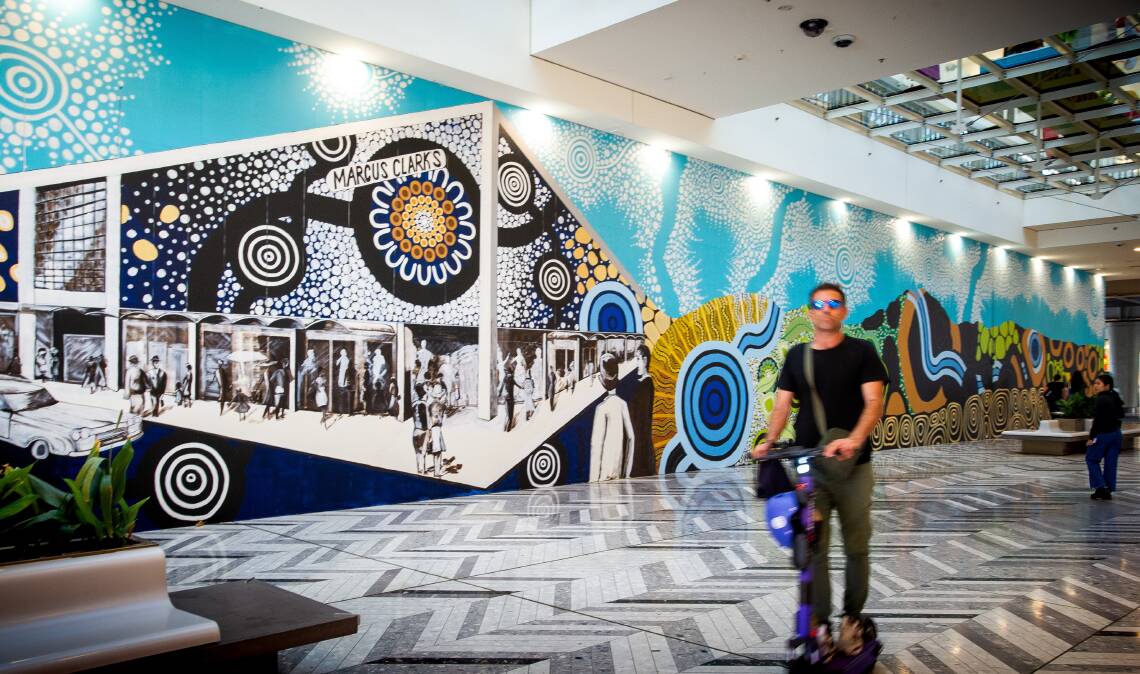
The Monaro Mall opening came at a time of great excitement in the national capital.
Queen Elizabeth II and the Duke of Edinburgh had just visited Canberra to help celebrate the city's 50th jubilee. The royal couple were still in Australia when the Monaro Mall was opened, on board the Britannia as it sailed towards more engagements in Brisbane.
The opening of the shopping centre indicated Canberra had arrived.
The mall cost 2.5 million pounds at a time when a nice house on a "tree-lined street in O'Connor" was going for 5480 pounds (at least according to the real estate ads of the time).
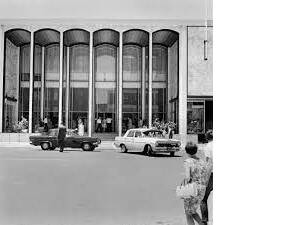
It was bounded by Petrie, Alinga and Bunda streets and Ainslie Avenue, all then working roads, rather than pedestrian malls.
When it opened, the Monaro Mall had three major outlets - the department stores David Jones and Marcus Clark and a Coles New World supermarket. As well as space for up to 2000 cars
There were also 58 individual stores, which, The Canberra Times reported at the time, sold everything from "tropical goldfish to the latest furs; fresh flowers to children's imported Italian shoes".
Going to the Monaro Mall was like "going on an exciting adventure".
"Soft music is transmitted throughout the centre and helps the harassed shopper relax," The Canberra Times reported in a 32-page advertising supplement published the day before the mall opened.
"Coffee shops and cafes are situated throughout the building. On the first floor is a cafe which opens on to a concourse, Parisian-style" it went on.
The escalators in the centre would "waft you from floor to floor".

It was the height of glamour. At least in 1963 Canberra where much of the city was still sheep paddocks. A time when Perry Mason was on the telly and The Man Who Knew Too Much starring James Stewart and Doris Day was on at the Starlight Drive-In. But the city was growing. Fast.
Public servants were being lured from Melbourne to Canberra to live and work and and help develop the national capital. By the beginning of 1963, 25 Commonwealth departments were either fully established or represented in Canberra. The population was expected to grow from about 70,000 in 1963 to 100,000 in 1969. And people needed a place to shop.
Some of the original stores in the Monaro Mall included Mark Foy's fashion, Rumble's Milk Bar, Irmgard Lyons Millinery, Peter Pan Children's Wear, Sam Catanzariti menswear, Gibb and Beeman optometrist, Willis' butchery, Ganter Fabrics and Home Furnishings.
(Sam Catanzariti Menswear, for one, is still going, now in Allara Street, across from the original mall. Mr Catanzariti, 89, is happily retired, living in Nicholls. Jovan Nikolevski took over the business in 2005, with the proviso the name remain.)
Cheryl Smith (nee Townsend) was a teenaged apprentice hairdresser for Marcel Roschy, who moved from Sydney to open his salon in the Monaro Mall in August, 1963. His arrival was heralded with a public announcement in The Canberra Times about the "first Swiss hairdressing salon in Canberra".
Originally from Switzerland, Mr Roschy was available for "your next perm, tint, set or cut".
"They were beautiful people to work for. They were strict but in a nice way," Mrs Smith, now 76, said.
"And the hairstyles of the 1960s were amazing."
Mrs Smith worked at the salon until she got married at 20 and moved to Melbourne. Taking with her a bit of the Monaro Mall.
"I remember the top floor, the jewellers, were we got our engagement ring," she said.
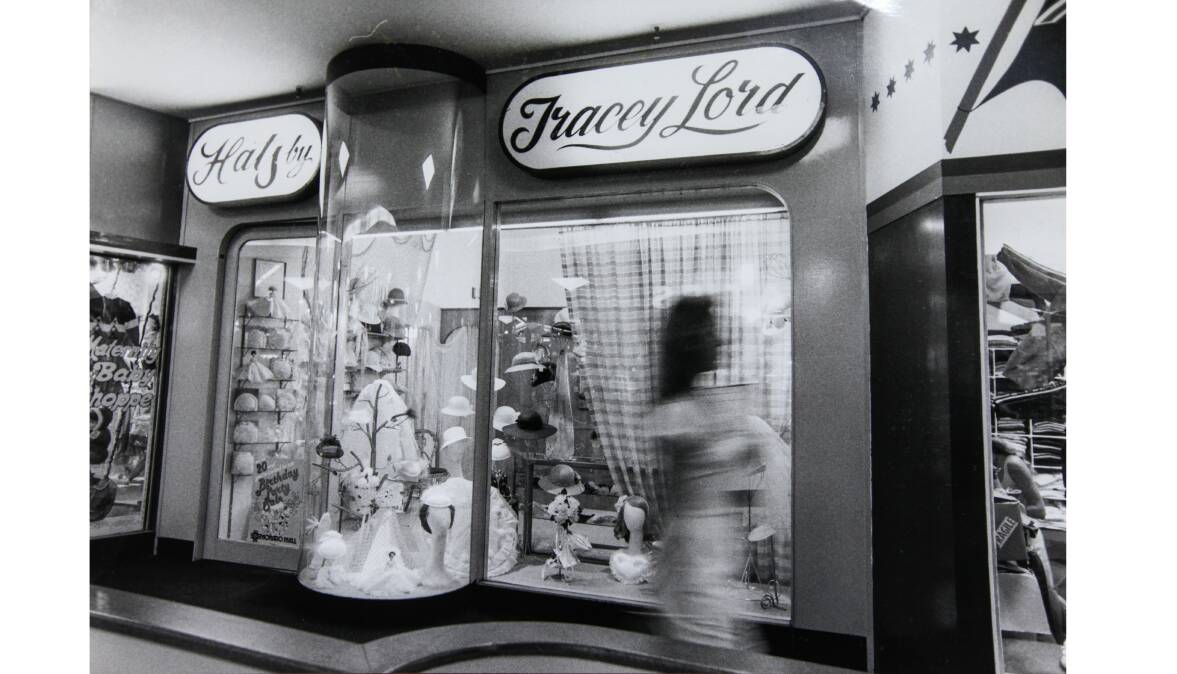
The largest store was David Jones which had frontages to Alinga and Petrie streets and Ainslie Avenue.
As well as all the latest fashion and homewares, it had not one but three dining options: the Pronto Room for quick snacks, the Ascot Room espresso bar and the Tulip Room, a full restaurant on the first floor.
Marcus Clark was another department store where you could buy anything from a yard of flannelette material to a lawn mower.
Sydney architects Whitehead and Payne found their inspiration for the mall from overseas trends, but also from the market halls of the ancient Greeks and Romans, as they tried to "meet the shopping habits and desires of Australian housewives".
"The atmosphere of busy rivalry and the convenience of trading which prevailed in the enclosed market halls produced a system of retailing which proved highly successful," The Canberra Times reported in 1963.
"To reproduce this system in part, it as decided to erect a fully enclosed building which would contain a number of stores, facing on to a systems of central concourses."
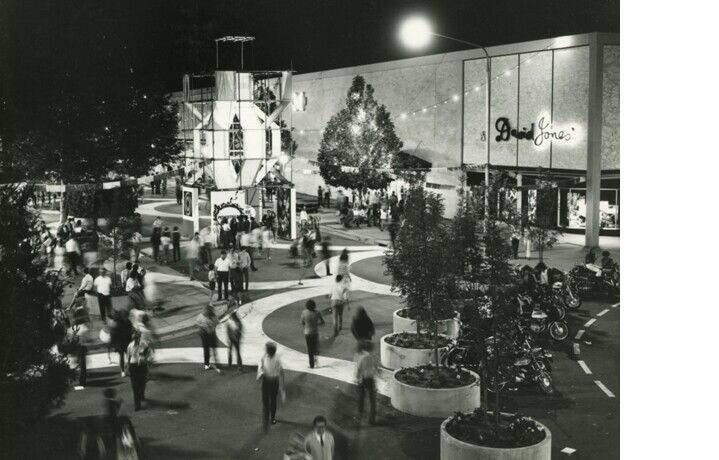
It's hard to believe now that this was the beginning of the shopping mall in Australia. And unapologetically so.
"So that all shopping can be carried out - with a break for a meal at a sidewalk cafe if need be - without the shopper being even aware of the weather outside," the Times advertising supplement gleefully outlined.
Canberra architect Jane Cassidy, the president of the ACT chapter of the Australian Institute of Architects, says the Monaro Mall does deserve its place among notable 20th century architecture, not least for its contribution to the "cultural history of Canberra".
"It was right about the time we saw the emergence of the public service and Canberra really emerging as a city and the capital of the nation," she said.
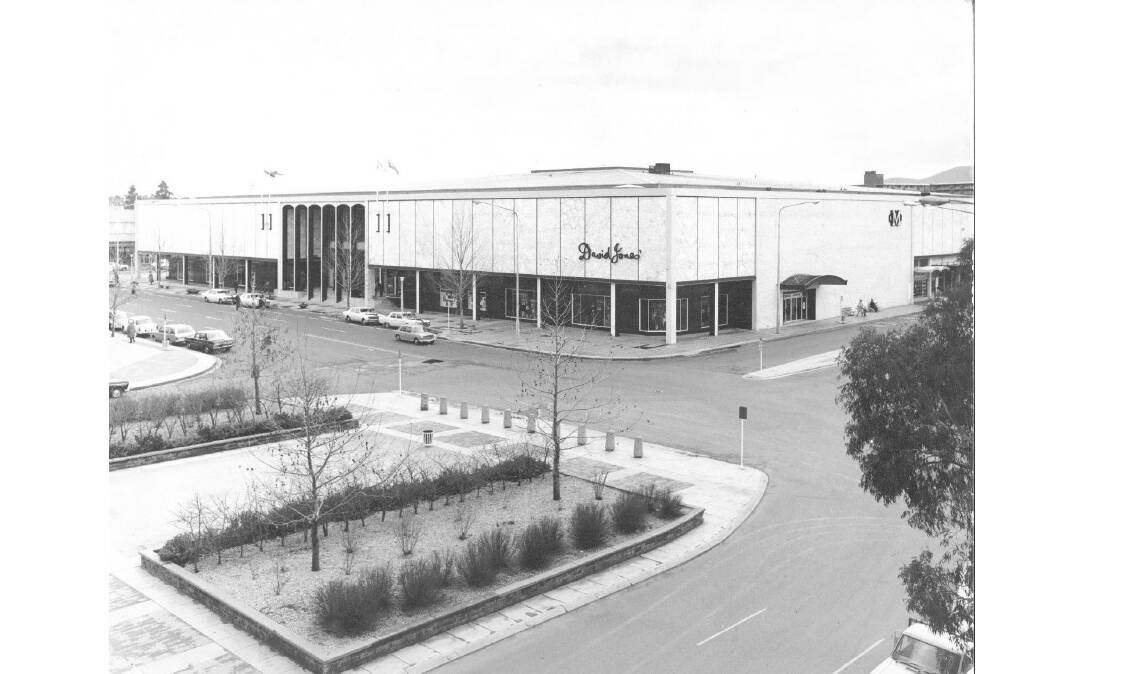
Ms Cassidy said unlike other malls that might be built in hard to get to places in the middle of nowhere, the Monaro Mall was still "connected to the fabric of the city".
"Monaro Mall is, I think, very important as a shopping experience. It is quite connected to the fabric of the city and particularly that relationship of those major entrances with City Walk and the relationship to the public space. And I think that probably is a real differentiator," she said.

The mall was in the thick of it all.
"It's in and around an area we've often had all of our cultural celebrations in Canberra, through that public realm. The multicultural festival, which is one of our most-loved festivals. Back in the day, the Canberra Day parade ran through there, which was just absolutely extraordinary," Ms Cassidy said.
"The connectivity of that building with the public realm really helps to make that piece of architecture work.
"I actually met my husband for the first time next to the merry-go-around which is right next to the Monaro Mall, so the location holds a special place in my heart. I think it was the multicultural festival when I was about 14-years-old."

Canberra Centre general manager Gary Stewart said a special mural had been commissioned to mark the 60th anniversary of the Monaro Mall.
The mural has been erected across the hoarding in the old Target building, driven by local artist Geoff Filmer and 2022 NAIDOC artist of the year Leah Brideson, alongside contributions from the local community.
"There are so many things that need to be celebrated this year, so our mural fuses many meaningful messages on a local, national and even international level - 110 years of Canberra, our local indigenous communities, world pride and of course, 60 years of Monaro Mall," Mr Stewart said.
He said over the last 60 years, the mall has remained central to the Canberra Centre.
"We have also had many celebrity guests venture through the mall. One of the most notable of which was Skippy who was welcomed by no less than 20,000 people when she visited in September 1969," Mr Stewart said.
"It was also at the forefront of technology where displays gave Canberrans the opportunity to see television in colour six years before the rest of the country."
In 1989 the mall was expanded and rebranded as the Canberra Centre, with several other renovations occurring over time, including a $500 million redevelopment in 2007.

The original Monaro Mall was redeveloped in 2018 in an award-winning collaboration between Mather Architecture and Universal Design Studio.
Jane Cassidy said resurrecting and reimagining the Monaro Mall was important, not just for history's sake.
"It's had a very sensitive renovation and adaptive reuse," she said.
"And I think if we look at that in terms of sustainability, the most sustainable buildings we have are those buildings that already exist. You know, 48 per cent of the carbon in a building typically sits in the superstructure, so keeping those buildings and the building fabric is really vital.
"The Monaro Mall was an important building when it was designed, but it also remains an important building still today, in terms of our architectural heritage."
We've made it a whole lot easier for you to have your say. Our new comment platform requires only one log-in to access articles and to join the discussion on The Canberra Times website. Find out how to register so you can enjoy civil, friendly and engaging discussions. See our moderation policy here.







